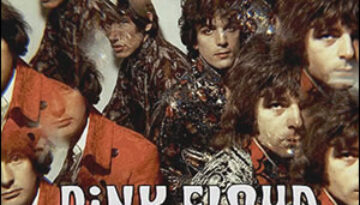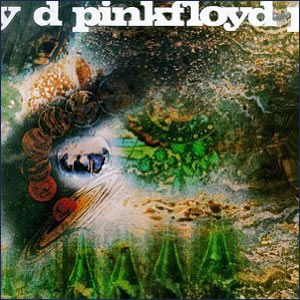The Piper At the Gates of Dawn
by Pink Floyd
Buy The Piper At the Gates of Dawn The Piper At the Gates of Dawn is the legendary debut album by Pink Floyd and the only album during their Syd Barrett-led era. This […]



